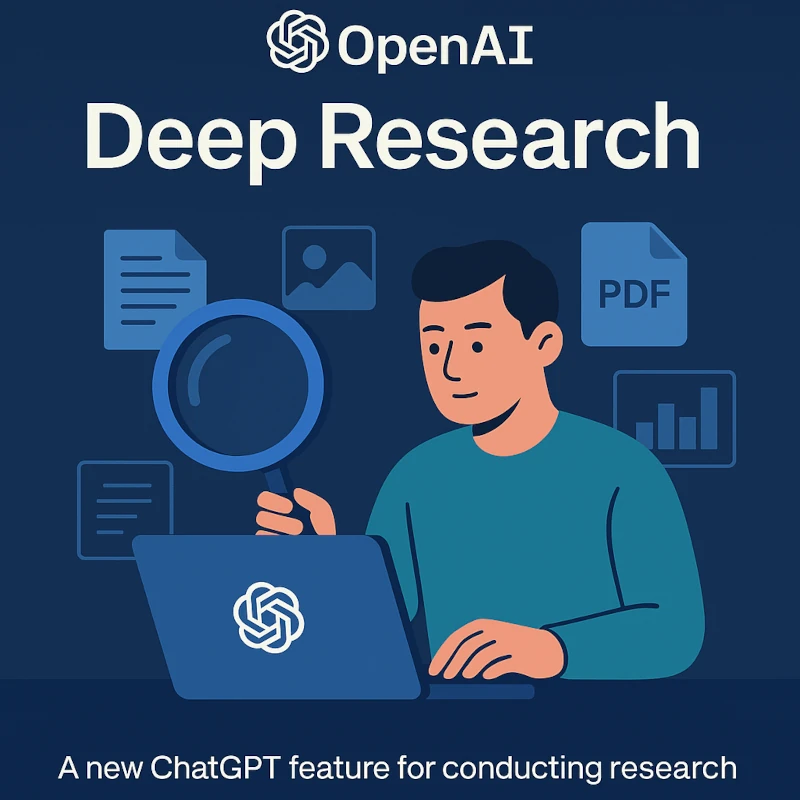How the Insurance Industry Is Adopting Artificial Intelligence: Trends, Challenges, and Market Impact in 2025
The insurance industry, traditionally known for its reliance on extensive data and risk management, is undergoing a transformative shift thanks to artificial intelligence (AI). As insurers seek to modernize operations, improve customer experiences, and mitigate risk more effectively, AI is emerging as a pivotal technology. In this blog, we explore how the insurance sector is embracing AI, outline the top trends for 2025, examine the biggest challenges along the way, and analyze the market value and impact of AI in this space.
The AI Revolution in Insurance
Artificial intelligence is no longer a futuristic concept—it’s a present-day reality reshaping the insurance landscape. From automating claims processing to enhancing fraud detection and refining underwriting practices, AI is streamlining workflows and driving smarter decision-making. By harnessing machine learning, natural language processing, and predictive analytics, insurers are not only optimizing their internal processes but are also offering more personalized and efficient services to their customers.
Key Drivers of AI Adoption
- Data Explosion: The vast amounts of data generated by customers, devices, and sensors (the Internet of Things or IoT) create an ideal environment for AI-driven analytics.
- Customer Expectations: In an era of digital convenience, policyholders expect swift, transparent, and tailored service.
- Competitive Pressure: Insurers are under increasing pressure to differentiate themselves, reduce costs, and deliver faster claims resolution.
- Regulatory Changes: Evolving regulatory frameworks are also pushing insurers to adopt technologies that enhance compliance and risk management.
Top AI Insurance Trends for 2025
As we look ahead, several AI-driven trends are set to dominate the insurance industry in 2025. Here are the most significant trends transforming the sector:
1. Advanced Underwriting and Risk Assessment
Underwriting, traditionally a manual and time-consuming process, is experiencing a major overhaul. AI-powered models are enabling insurers to analyze vast datasets—including historical claims, market conditions, and external factors—in real time. This not only speeds up underwriting decisions but also enhances risk assessment accuracy, leading to more competitive pricing and better risk management.
Trend Impact:
- Personalized Policies: More tailored insurance products based on individual risk profiles.
- Improved Accuracy: Reduction in underwriting errors and enhanced predictive accuracy.
2. Automated Claims Processing and Fraud Detection
Claims processing is one of the most labor-intensive areas in insurance. AI is streamlining this process by automating data extraction, validation, and even initial claims assessment. Moreover, machine learning algorithms can detect patterns indicative of fraudulent activity, reducing losses and protecting both insurers and honest policyholders.
Trend Impact:
- Faster Settlements: Reduced processing times mean quicker resolutions for customers.
- Cost Savings: Lower operational costs and decreased fraud-related losses.
3. Enhanced Customer Service Through Chatbots and Virtual Assistants
The rise of chatbots and virtual assistants is transforming customer service in insurance. AI-driven conversational interfaces provide 24/7 support, answering policy-related queries, processing routine transactions, and guiding customers through claim submissions. These tools not only improve customer satisfaction but also free up human agents for more complex issues.
Trend Impact:
- Increased Efficiency: Reduced wait times and improved customer engagement.
- Scalability: Ability to handle large volumes of customer interactions without significant additional costs.
4. Predictive Analytics for Proactive Risk Management
Predictive analytics, powered by AI, is enabling insurers to shift from reactive to proactive risk management. By analyzing real-time data from various sources—such as weather patterns, traffic data, and economic indicators—insurers can predict potential risks and implement preventative measures. This trend is particularly influential in areas like auto and property insurance.
Trend Impact:
- Prevention over Reaction: Ability to anticipate and mitigate risks before they result in claims.
- Optimized Resource Allocation: More effective deployment of resources and emergency response planning.
5. Integration of AI with IoT Devices
The integration of AI with IoT devices, such as connected cars and smart home sensors, is opening new avenues for real-time data collection and risk assessment. This technology allows insurers to monitor insured assets continuously, offering dynamic pricing models and on-demand insurance products that adjust based on current conditions.
Trend Impact:
- Dynamic Pricing: Premiums that adjust in real time based on usage and risk factors.
- Enhanced Safety Measures: Early detection of issues (e.g., water leaks, fire hazards) leading to prompt interventions.
Biggest Challenges Facing AI Adoption in Insurance
While the benefits of AI in the insurance industry are substantial, there are also significant challenges that insurers must address:
1. Data Privacy and Security
With the increased use of personal data comes heightened concerns about privacy and cybersecurity. Insurers must ensure that their AI systems comply with strict data protection regulations and maintain robust security protocols to protect sensitive customer information.
2. Integration with Legacy Systems
Many insurers still operate on legacy systems that are not designed to support modern AI technologies. Integrating AI solutions into these outdated infrastructures can be complex, expensive, and time-consuming.
3. Regulatory and Ethical Considerations
The use of AI in decision-making processes raises regulatory and ethical questions. Regulators are still catching up with technology, and there is a need for clear guidelines on how AI-driven decisions are made and monitored to ensure fairness and accountability.
4. Bias and Transparency
AI models are only as good as the data they are trained on. Biased or incomplete datasets can lead to unfair practices, such as discriminatory pricing or claim denials. Ensuring transparency in AI algorithms and maintaining unbiased decision-making is a critical challenge.
5. Skill Gaps and Talent Shortages
Implementing AI requires specialized skills that many traditional insurers currently lack. Bridging the talent gap and investing in training and development are essential for successful AI adoption.
Market Value and AI Impact on the Insurance Industry
The global insurance market has been valued at several trillion dollars, with some estimates placing it at over $5 trillion. As AI continues to permeate the industry, its impact is expected to be transformative:
- Cost Reduction: AI-driven automation and process optimization could reduce operational costs by up to 20–30% over the next few years.
- Increased Efficiency: Streamlined processes and improved risk management can lead to faster claim resolutions and more efficient underwriting.
- Revenue Growth: Personalized insurance products and dynamic pricing models have the potential to unlock new revenue streams and improve customer retention.
- Enhanced Risk Management: Proactive risk identification and management strategies can reduce the frequency and severity of claims, ultimately stabilizing the market.
According to industry analysts, the integration of AI in insurance could add hundreds of billions of dollars in value to the global market by 2025. As insurers harness AI to innovate and drive efficiency, they are poised to capture significant competitive advantages in a rapidly evolving landscape.
Conclusion
The insurance industry is at a critical juncture, with artificial intelligence driving innovation and reshaping traditional business models. From advanced underwriting and automated claims processing to proactive risk management and IoT integration, the trends we’ve explored are just the beginning of what AI has to offer. However, as insurers navigate these technological advancements, they must also address the challenges of data privacy, system integration, regulatory compliance, and ethical AI practices.

For insurers willing to invest in AI technologies and overcome these hurdles, the rewards are substantial—a more efficient operation, better customer service, and the potential for significant market growth. As we move further into 2025, the successful integration of AI will not only redefine the insurance industry but also set new standards for innovation, customer engagement, and risk management.
Stay tuned to OptimizeX AI for more insights into how digital transformation and AI continue to reshape industries worldwide.
Robert J. Villemure is a digital marketing, e-commerce, and web development expert with over 20 years of experience. As the founder of OptimizexAI, he helps businesses across healthcare, hospitality, higher education, and e-commerce harness AI to drive growth and innovation. Previously, he led large-scale SEO and digital initiatives at Barton Associates and Wynn Encore Boston Harbor, optimizing websites, boosting engagement, and managing multimillion-dollar digital campaigns. A graduate of the MIT Sloan + CSAIL AI program, Robert specializes in AI-driven marketing, predictive analytics, and technical SEO. Through OptimizexAI, he shares insights and strategies to make AI and digital transformation accessible for businesses of all sizes. Connect with him.



